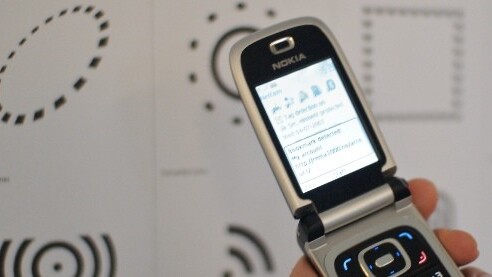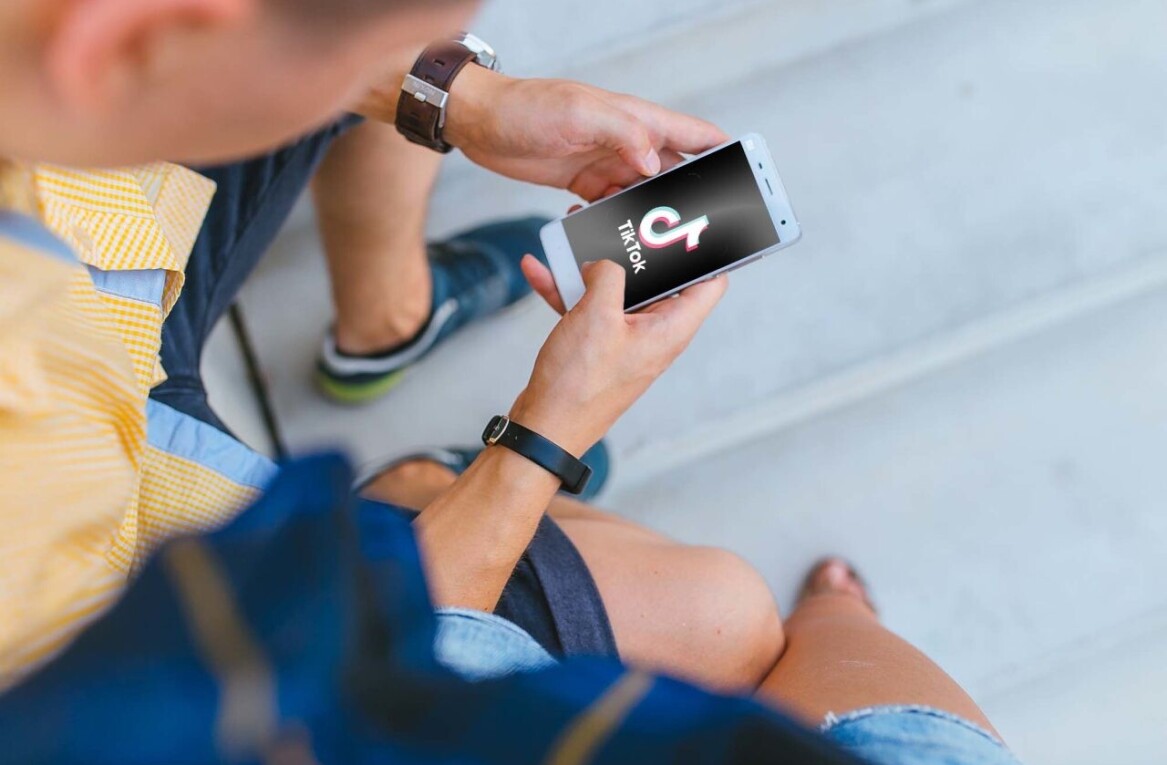
Boku has announced the launch of Boku Accounts, as it looks to extend its mobile payment platform to cover a much broader e-commerce scope, and enabling transactions to be carried out at point-of-sale (POS) in stores.
The new white-label Boku Accounts platform allows Mobile Network Operators (MNOs) to issue their subscribers a branded mobile payment account (e.g. ‘Vodafone’ or ‘T-Mobile’), which will be accessible through mobile devices (Web, iOS, Android, and HTML5) and computers, meaning subscribers can make payments online, in-app, and in-store – through a branded debit card or NFC-enabled POS.
The San Francisco-based startup has secured $40m in funding since it was launched in June 2009, and it now claims to operate in 67 countries, working with more than 240 carriers across 40 different currencies.
At present, Boku lets users pay online using their mobile number. This saves having to enter long credit numbers each time they want to buy something on the Web, and the charge appears on users’ mobile phone bill. On the retailers’ side, Boku creates software for merchants to process payments and then takes a cut of the transaction. Facebook is one of its highest-profile customers, letting users buy Facebook Credits to acquire virtual goods.
http://vimeo.com/37288262
With Accounts, however, this greatly extends Boku’s reach into the physical world.
So…how does it all work?
When they sign-up, subscribers add money to their account via credit card, by linking a bank account, or by topping up at a merchant/top-up location. You’ll also receive a debit MasterCard for purchasing in stores without an NFC terminal – so this means anywhere where MasterCard is accepted initially.
But Boku is a mobile payment platform, so what’s the debit card all about? Well, as we’ve noted, the MasterCard is to help cover all bases, given that near field communication (NFC) is still gaining traction in retail outlets.
We’ve written extensively about NFC technology in the past. In a nutshell, it’s a set of standards for mobile devices to communicate with each other by touching them together or bringing them into close proximity to each other. However, not only do many merchants not yet have NFC technology in-store, but most mobile devices aren’t yet NFC-enabled either, which surely poses a big problem even if a store DOES have the technology?

It seems not. Boku Account subscribers will also receive a personal NFC sticker to place on the back of their mobile phone – be it a smartphone or a feature-phone, and which can be used at NFC-enabled checkouts that accept MasterCard.
Moreover, you’ll also receive “highly targeted offers” from participating merchants, for example on your third visit to a coffee shop you might be informed that next time you’ll receive a free coffee. Or perhaps you might receive a 15% discount at a local department store that taps the GPS on your mobile to know when you’re nearby.
“Boku Accounts brings together the best parts of mobile payments and technology, leveraging NFC, smartphones and global payment networks for a better consumer experience,” says Mark Britto, Boku CEO. “We are leveraging the power of the device in your pocket to improve every transaction you make, anywhere in the world, and helping our MNO partners expand into the offline world, while bringing tremendous value to their subscribers and merchants alike.”
Interestingly, you can also receive real-time budgeting alerts to notify you when you’re homing in on a pre-set target amount.
This alert can be sent automatically via push notification if you’re using the Android or iOS app, or by SMS. So, for example, you can set a budget of $50 for the week for dining out, and you can receive a message informing you that you’ve spent $43 already by Friday, so you’re best cooking for yourself on the weekend.
There are a number of mobile payment platforms emerging in this space, and it seems that it’s ripe for innovation. We’ve written about the likes of Dwolla before, which is striving to circumvent NFC restrictions with its Proxi feautre. Proxi is a peer-to-peer system that enables payments to be sent to nearby users, without the need for either party to have NFC, and it uses good old-fashioned satellites to run off GPS, which means that almost every modern smartphone can use it.
We’re now well and truly in the decade of mobile, and with smartphones gradually morphing into personal computers, it’s surely only a matter of time before NFC and other mobile-payment technology takes off in a big, big way. Consumers are craving it – after all, the UK’s Barclays Bank saw 20,000 downloads of its new money-transfer app Pingit in its first two days…and 120,000 within 5 days. This year could well be the year that mobile phones really start to give ‘cash’ a run for its money, so to speak.
Get the TNW newsletter
Get the most important tech news in your inbox each week.




